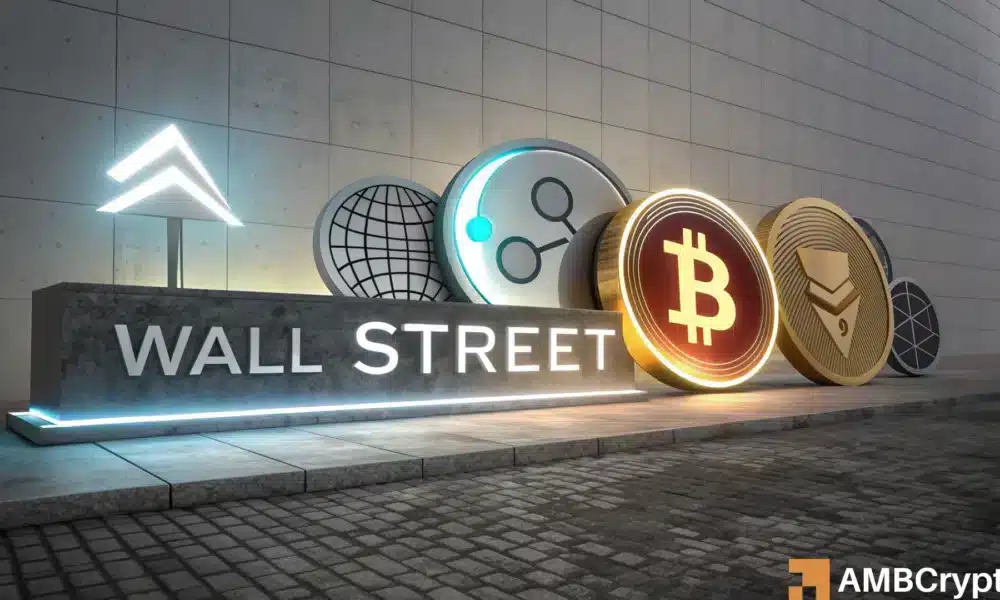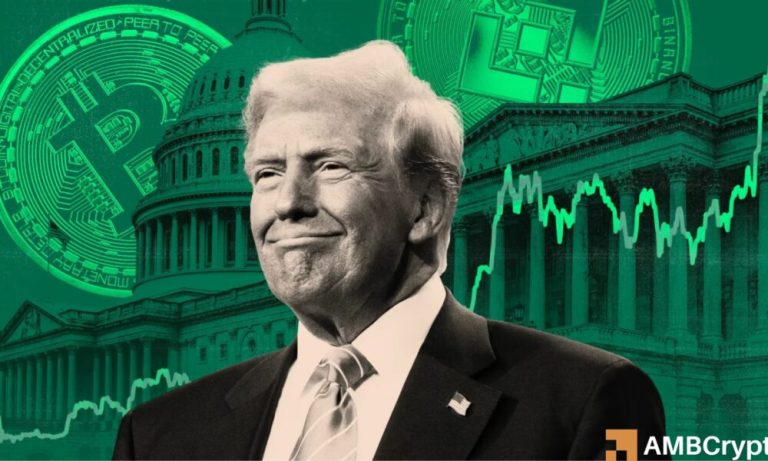
Altcoin exchange-traded funds (ETFs) are finally making their mark, offering institutional investors a new way to access the dynamic and often chaotic crypto market. With Wall Street beginning to embrace alternative cryptocurrencies, the question looms: can altcoins justify the attention?
Altcoin ETFs: A New Era
The crypto market took a giant leap when Ethereum [ETH] became the first altcoin to walk through the ETF door. Now, a variety of altcoins—including Solana [SOL], XRP, Hedera [HBAR], and Litecoin [LTC]—are following suit. These ETFs act as a bridge, making crypto seem less like a niche experiment and more like a legitimate asset class. However, hype alone won’t ensure their success.
Solana Takes the Lead
Among the newly launched altcoin ETFs, Solana [SOL] has positioned itself as a standout. Daily net inflows have consistently shown strength, with standout days exceeding $60M to $70M. Even as its price softened, the demand remained steady, with total net assets surpassing $700M. This resilience demonstrates the growing institutional interest in high-throughput blockchain networks.
XRP and Litecoin’s ETF Journey
XRP entered with a bang, achieving a massive $240M inflow spike shortly after launch and settling at a healthy $384M in total assets. While its performance has slowed since the initial peak, it continues to attract cautious but consistent inflows.
Litecoin [LTC], on the other hand, has shown slower but more steady growth. Starting with small inflows, LTC has built up to a respectable $7M in assets—a trajectory that aligns with its nature as “digital silver.” This slow yet steady climb could signal healthy investor sentiment toward its long-term potential.
The Rise (and Fall) of HBAR
Hedera [HBAR] had a promising start with $45M in its opening week, only to see inflows taper off to near-zero levels. This downward trend highlights the fragility of ETF-driven momentum, especially for altcoins still navigating market conditions and institutional acceptance.
Legitimacy and Risks
ETFs have undoubtedly provided legitimacy to altcoins, giving institutions access to structured, regulated products that reduce operational and compliance risks. However, they also expose underlying weaknesses. ETF-driven gains are not immune to sudden unwinds, and the altcoin season index remains far from euphoric levels, sitting at about 43. Strong altseasons typically require this index to push into the 70-100 range.
Additionally, regulatory uncertainties loom large. Cryptocurrencies still operate in a legal gray zone where sudden policy changes could disrupt flows and impact prices. While ETFs bring structure, they cannot completely shield against liquidity challenges and market risks.
What’s Next for Altcoin ETFs?
As ETFs pave the way for a more institutionalized crypto market, the key metric to watch will be sustained inflows and performance. Products like Grayscale XRP and Solana ETFs demonstrate growing adoption, but the current market is far from experiencing a full-fledged altseason.
Looking to explore the crypto market yourself? Consider investing in tools designed for market analysis, such as the CoinTrack Crypto Portfolio Manager. This software helps you track trends, identify opportunities, and make informed decisions in the fast-changing world of cryptocurrency.
In conclusion, while altcoin ETFs open the doors to broader adoption and legitimacy, their success depends on consistently delivering performance and navigating regulatory landscapes effectively. For now, the market waits to see whether institutional curiosity will turn into long-term commitment.



